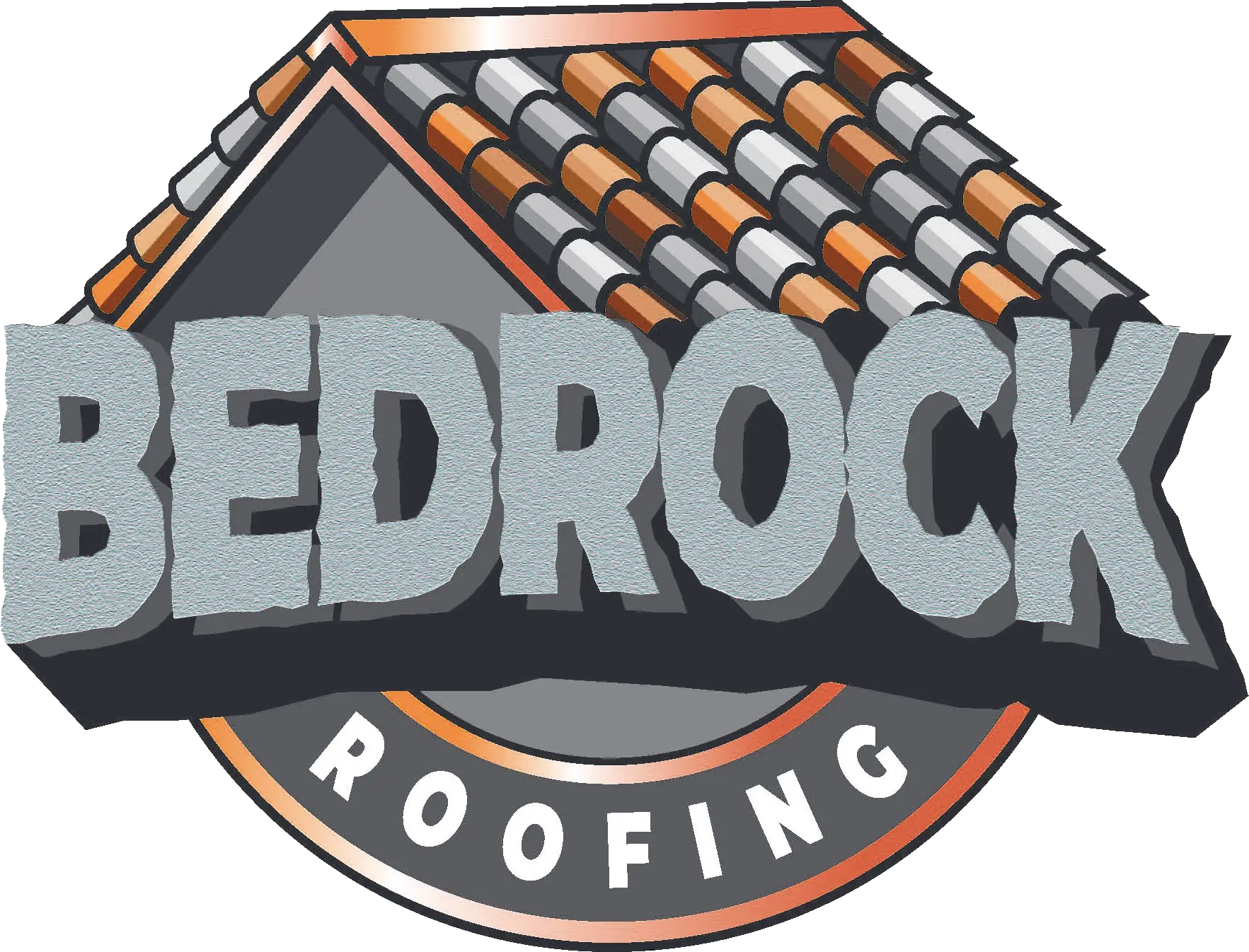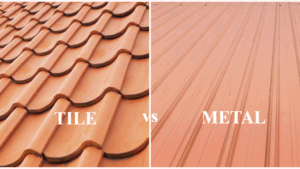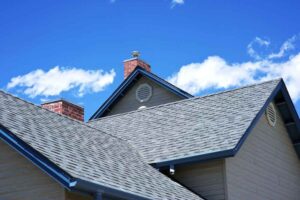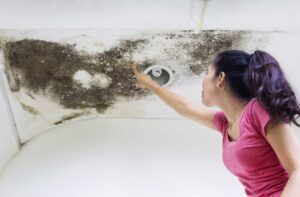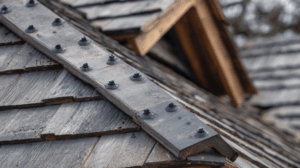Living in Fort Myers? Your Roof Is Taking a Daily Beating
In Fort Myers, the sunshine is relentless—and while it’s great for beach days, it’s not great for your roof.
Between year-round UV exposure, extreme heat, and humidity, local roofs experience a level of stress far beyond what’s typical in other parts of the country. Over time, these elements lead to cracking, warping, granule loss, and even structural failure—especially for homes with aging or poorly ventilated roofing systems.
This blog breaks down how heat and humidity degrade your roof in Fort Myers, what signs to watch for, and how to prevent early roof failure in Florida’s subtropical climate.
Why Florida Roofs Are Especially Vulnerable to Heat and UV Damage
1. UV Rays Break Down Roofing Materials—Fast
Southwest Florida gets over 260 sunny days per year. That means your roof—especially if it’s made of asphalt shingles—is constantly bombarded by ultraviolet radiation.
What happens to shingles under prolonged UV exposure?
- Oils evaporate, causing shingles to dry out and become brittle
- Granules loosen and fall off, reducing UV reflectivity
- Shingles start curling, cracking, and eventually detaching
Asphalt shingles are most vulnerable to UV damage, often degrading 10–15% faster in Fort Myers than in cooler climates.
This type of deterioration is a key reason many homeowners see premature roof failure—even if no major storm has hit the area.
2. Heat Accelerates Aging in Roofing Systems
During the summer, rooftop temperatures can reach 150–160°F, even when the air temperature is in the 90s. This constant heat causes materials to:
- Expand and contract daily, weakening bonds
- Warp or delaminate under pressure
- Soften adhesives and underlayment
- Expose ventilation and insulation issues
These stresses are particularly tough on older roofing systems and those with improper attic ventilation—issues we commonly find during inspections in Fort Myers.
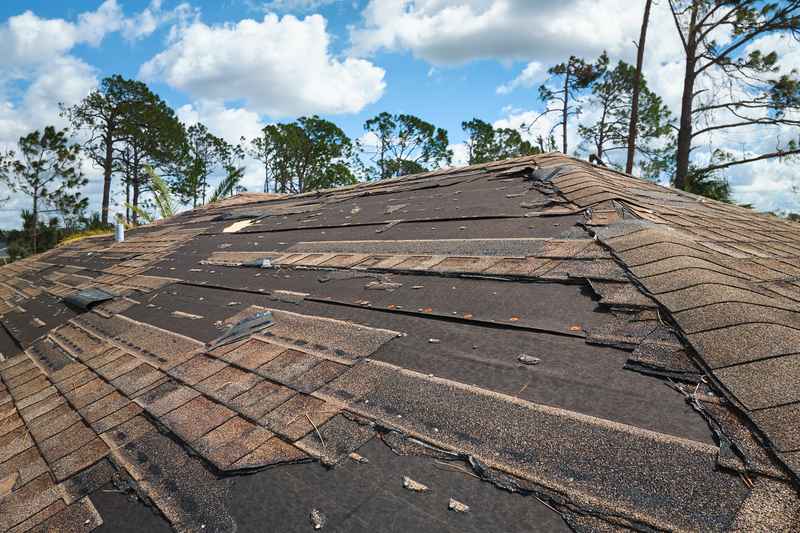
How Humidity Further Wears Down Your Roof
While UV and heat damage are the primary culprits, humidity damage to roofs is just as important—especially in subtropical climates like ours.
Trapped Moisture Creates Long-Term Problems
Florida’s air is thick with moisture most of the year. When that moisture gets into your attic or roofing system—through tiny cracks, failed seals, or poor ventilation—it can cause:
- Wood rot in decking and trusses
- Rust on nails and fasteners
- Mold and mildew growth under shingles
- Delamination of roofing layers
This slow damage isn’t always visible right away, but over time, it compromises the entire roofing system.
Need a refresher on how climate impacts roofing durability? See our Ultimate Guide to Roofing in Southwest Florida’s Climate.
Key Signs of Heat and Humidity Roof Damage
Not sure if your roof has already been affected? Look for these common signs:
- Shingles are curling, cupping, or look brittle
- You see granules in your gutters or on the ground
- Interior paint is bubbling or you notice ceiling stains
- Roof looks wavy or sagging in spots
- Your home feels excessively hot, even with A/C running
These symptoms often point to issues with insulation, ventilation, or material breakdown—all exacerbated by Fort Myers’ climate.
What Types of Roofs Handle UV and Heat Better?
Some materials are better suited for high-heat and high-humidity areas. Here’s how common roofing types perform in the Florida sun:
| Roofing Material | UV/Heat Resistance | Humidity Resistance | Estimated Lifespan in Fort Myers |
| Asphalt Shingles | Low–Medium | Medium | 12–18 years |
| Aluminum Metal Roofing | High | High | 30–50 years |
| Concrete/Clay Tile | High | Medium | 20–30 years |
| Synthetic Roofing (Composite) | Medium–High | High | 25–40 years |
For full ROI breakdowns and coastal durability, see our roofing material guide for Southwest Florida.
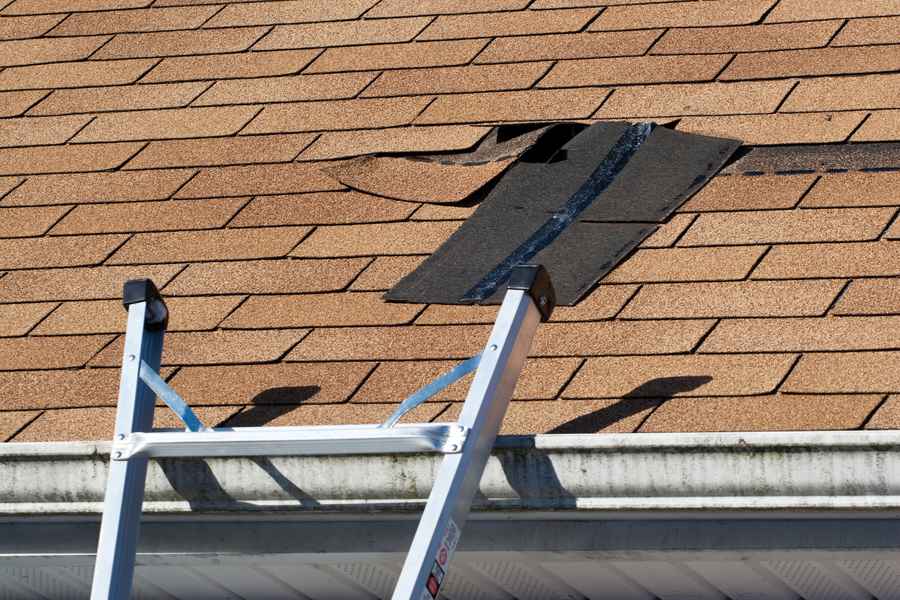
How to Prevent Sun and Heat Damage to Your Roof
You can’t control the weather—but you can make smart choices to reduce damage and extend your roof’s lifespan.
Install a Proper Ventilation System
An underperforming attic traps heat and moisture, baking your roof from underneath. Ridge vents, soffit vents, and proper airflow make a huge difference.
Choose Reflective or UV-Rated Roofing Materials
Look for materials rated for solar reflectivity and thermal emittance—these reduce surface temps and energy costs.
Apply Roof Coatings or Sealants (for Flat or Metal Roofs)
Reflective roof coatings can deflect up to 85% of UV rays. These are great options for commercial or low-slope roofs.
Get Routine Roof Inspections
An annual inspection—especially before and after hurricane season—can identify heat-related damage before it turns into a costly leak.
Bedrock Roofing offers drone-assisted inspections that provide clear, detailed roof reports—ideal for heat, storm, or insurance-related concerns.
Why This Matters for Fort Myers Homeowners
Heat and humidity-related roof damage isn’t just an issue of comfort or durability—it can affect your insurance eligibility, energy bills, and even your home’s resale value.
Insurers in Florida increasingly require documentation of roof condition and material—especially for homes older than 10 years. If your roof shows signs of UV or heat breakdown, it may be flagged during a 4-point inspection.
How Bedrock Roofing Helps Fort Myers Homeowners Stay Protected
Based in Southwest Florida, Bedrock Roofing specializes in roofing systems built for heat, humidity, and hurricane conditions. We’re certified by leading manufacturers like Owens Corning, Tamko, and CertainTeed, and we know what works in Fort Myers.
Our services include:
- High-reflectivity and energy-efficient roofing options
- Storm- and heat-resistant roof replacements
- Drone and manual inspections for sun damage
- Ventilation upgrades and material consultations
Serving Fort Myers, Cape Coral, Lehigh Acres, Naples, and beyond, we’re ready to keep your home protected—no matter the forecast.
Get a free roof inspection or replacement quote today → Request an inspection
